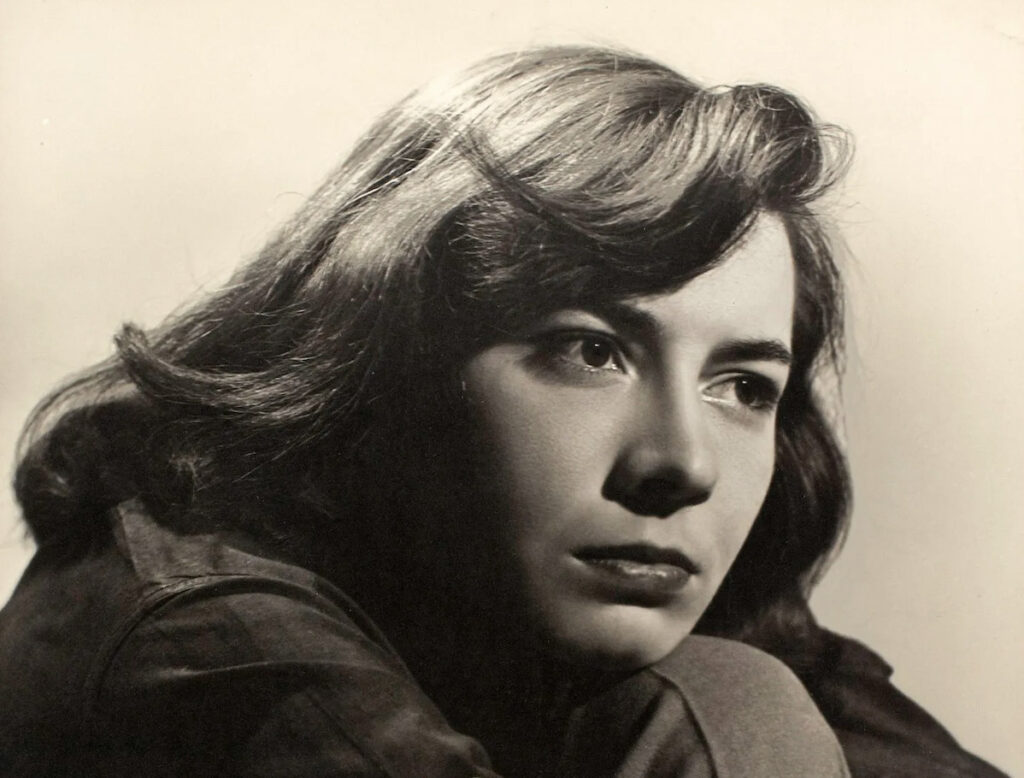Patricia Highsmith: Inside the lesbian crime writer’s diaries
The letters and diaries of America’s lesbian master of psychological thrillers are as gripping as any of her fiction.
In this Patricia Highsmith’s centenary year, the publication of the mammoth Patricia Highsmith: Her Diaries and Notebooks, 1941-1995 offers a prismatic look at the history of some of the most fraught years in American life while also telling a deeply revelatory tale of the prolific writer in her own compelling narrative.
It’s an extraordinary work of personal and literary depth in which Highsmith’s thoughts on her work, her life as a writer and as a lesbian, and even the nature of good and evil are viewed as they happened in real time. Like the diaries of Anais Nin and Virginia Woolf who also wrote exhaustively of their own lives and the literary and personal milieus in which they lived, these pages from Highsmith chart times and places that tell us much about what it was like to navigate the world of underground queerness in pre-and post-World War II America and beyond.
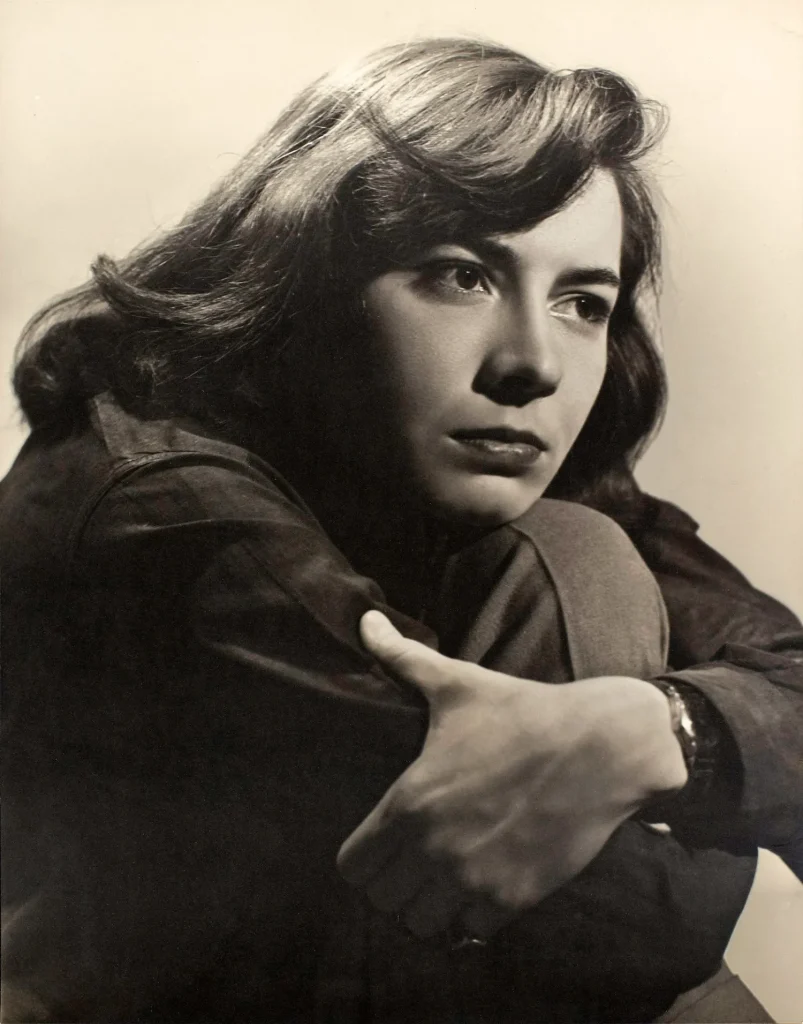
Highsmith writes about writing all the time—at one point she decides to stop working a book “it just isn’t very good”—and about the topics she is most captivated by, like the trajectory of personal evil. On her most enduring character, the handsome and venal Tom Ripley, she writes on October 1, 1954, “What I predicted I would once do, I am doing already in this very book (Tom Ripley), that is, showing the unequivocal triumph of evil over good, and rejoicing in it. I shall make my readers rejoice in it, too. Thus the subconscious always precedes the conscious, or reality, as in dreams.” This 999-page collection includes entries that range from 1941, when Highsmith was a student at Barnard College, to 1995, the year she died in Switzerland of lung cancer and aplastic anemia at 74. It is edited with incomparable diligence in a years-long and true labor of love by Highsmith’s longtime editor Anna von Planta.
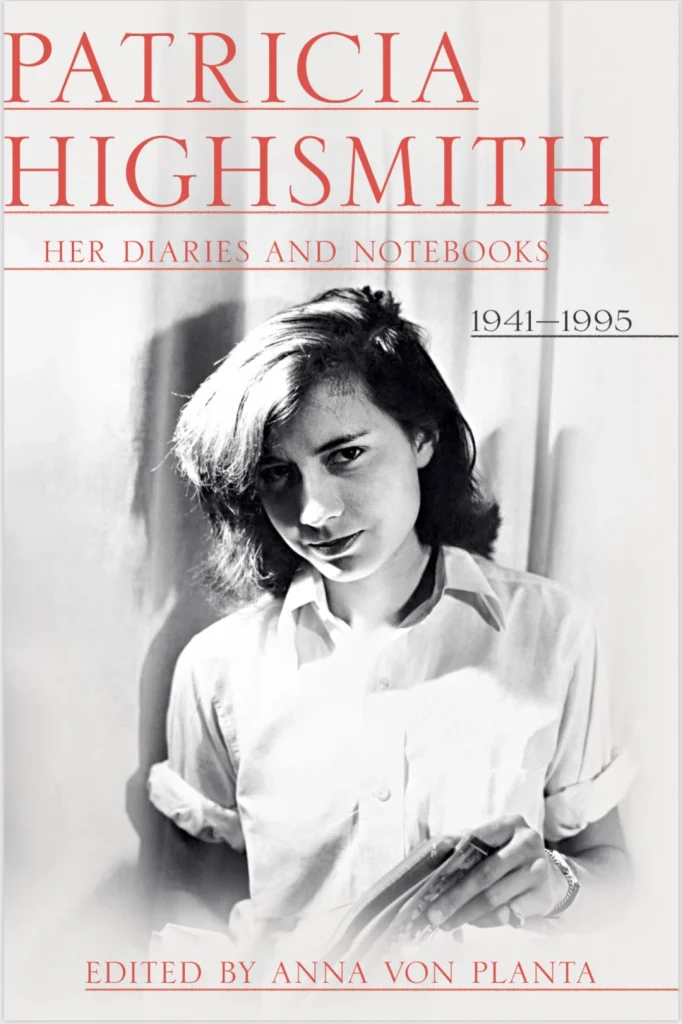
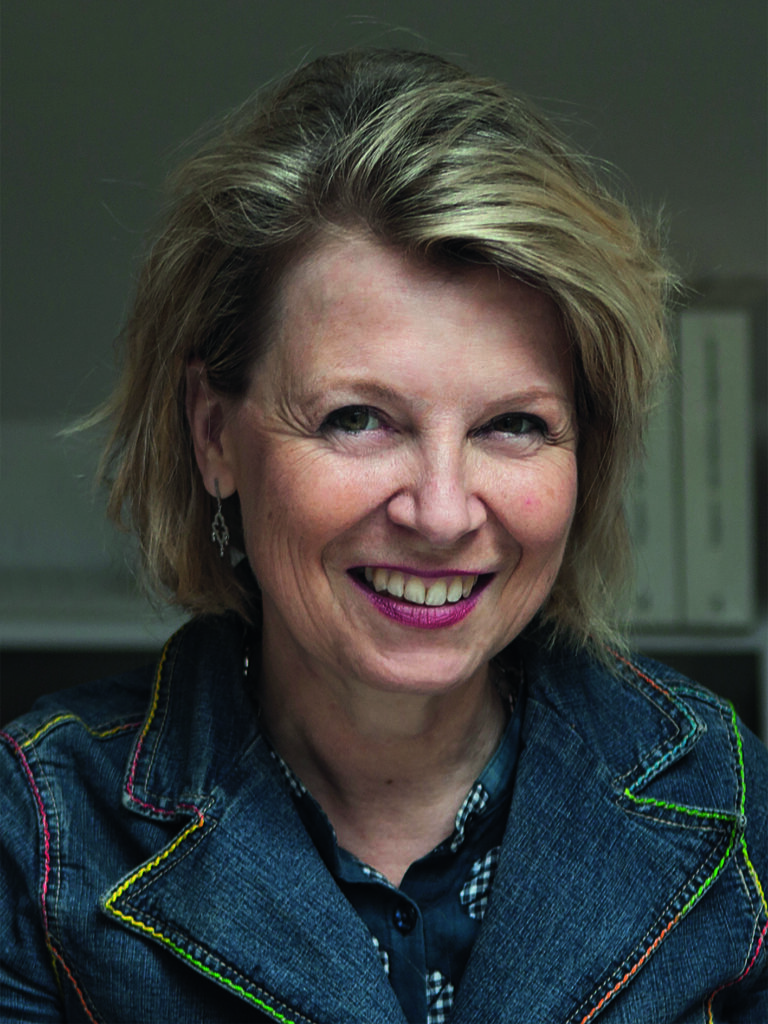
As von Planta details in her introduction, the book is culled from 8,000 pages of handwritten entries in 56 notebooks and diaries by Highsmith. These were written in English, German, French, Spanish and Italian to keep them private during the decades that Highsmith was a rollickingly out lesbian in the sheets and demimondaine streets, yet deeply closeted as a writer in a homophobic publishing industry.
But what is lasting for Highsmith — aside from her increasingly focused grievances as she ages — is her love for and devotion to women. Highsmith is in love with love and sex and the intoxication of both, and the alcohol that often fueled her many affairs. (Drinks and hangovers pepper the early years.)
What is so refreshing and surprising is how openly and vividly she records her sexual escapades and her adoration of women. We’ve been told repeatedly how controlled and circumspect lesbians pre-Stonewall were in their sexual lives. But the sexually excited and excitable Highsmith puts none of those restrictions on herself. She is veritably giddy at times as she writes about her sexual experiences and it’s a revelation.
Lesbians having sex as willingly and unreservedly as men in this era is not something we have much of a written record of outside the realm of euphemism.
“Sex, to me, should be a religion. I have no other. I feel no other urge, to devotion, to something, and we all need a devotion to something besides ourselves, besides even our noblest ambitions. I could be content without fulfilment. Perhaps I should be better off in such an arrangement.”
Patricia Highsmith, age 20, August 7, 1941
At 21, Highsmith comes to see her life through the lens of her own sexual and emotional drives and she views her writing that way as well. Though she has occasional dalliances with men, her obsession is always women. On May 13, 1942 she explains, “Yes, maybe sex is my theme in literature — being the most profound influence on me — manifesting itself in repressions and negatives, perhaps, but the most profound influence, because even my failures are results of repressions in body and mind, which are repressions of sex.”
A year later, on June 13, 1943, she writes, “Strange unearthly perfection of the week after one as fallen in love.” And in January1945, a series of posts about a woman she has been involved with for some time and her rollercoaster emotions as letters do and do not arrive in the post culminate in the excitement over yet another woman: “God, how beautiful life is when it is illuminated by a woman!”
But a few years later, conflicts in her relationships run throughout her writings in 1950, and Highsmith laments, “The entire pattern of my life has been and is: She has rejected me.”
There are entries that delve into what it is to be a lesbian pre-Stonewall and while navigating a professional career. Highsmith writes on May 14, 1961, “Homosexuals prefer one another’s company not so much because of a common sexual deviance from what is socially accepted, but because they know that they have all been through the same hell, the same trials, the same depressions–and those who meet have survived. Those not present have killed themselves, or have managed, or decided, or were able to conform. Homosexuals’ friendships or acquaintanceships may appear to be superficial, may be superficial in fact, but that underlying bond remains: and they are blood brothers and sisters, because of what they have suffered.”
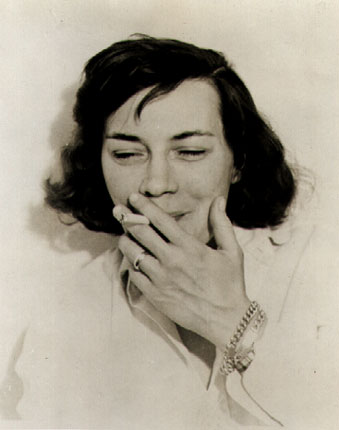
And suffer Highsmith does. That same year her long-term relationship with writer Marijane Meaker, who wrote lesbian pulp fiction under the pseudonyms Vin Packer and Ann Aldrich and young adult fiction as M. E. Kerr, is crushing her emotionally. She writes on April 3, 1961, after a long series of entries about her emotional disruption, “The pattern of quarrels and reconciliations in the very first days of a relationship (however minor the quarrels then) is the pattern that will prevail throughout, grow bigger perhaps, become insufferable, perhaps. The story of MJ and myself. Off to a crippled start. The brain washing. The rivalry between two in the same profession. The desperate efforts of one to best the other; and the other’s efforts to preserve the relationship, at any cost. And at the same time saying, ‘Why am I in this? I’m intelligent enough to see I must get out.’ But what is there ‘out’? The same sort of relationship with someone else? Better to stick it out and to try, say all the marriage counsellors, all the psychologists–in regard to heterosexual relationships.”
Highsmith has gotten a lot of bad press in recent years, all of it of her own making. She was a misanthrope with a virulently anti-Semitic streak that bordered on obsessive (she was a self-described “Jew hater” who complained often about the “influence of the Jews”) and she had racist biases toward Black and Asian people. In her later years she was not an especially nice person–perhaps neither someone we would want to know nor someone we would (one hopes) agree with on these issues, although she was a stalwart supporter of the Palestinian cause and a Social Democrat.
Her definitive biographer, Joan Schenkar, wrote a fascinating Afterword for the book about how Highsmith built on her relationships with older women to propel her early career. Schenkar’s 2010 book, The Talented Miss Highsmith: The Secret Life and Serious Art of Patricia Highsmith, was itself massive at 732 pages and provocative in its own right, moving as it does outside standard chronology to present a non-linear story of the writer and her life.
At a forum at Manhattan’s New School for the book’s publication, Schenkar said, “When an irresistible subject like Patricia Highsmith collides with an immovable object like the fine art of biography, something’s got to give.” She added, “In this case it was both the writer — she had me on the floor for about six years, she’s so frightening — and the form of biography. I did not feel that the usual cradle-to-grave, plotline story of biography was appropriate for a life this interesting.”
And as this incomparable new compendia of a life lived and also retreated from explores and explains, Patricia Highsmith was, like her characters, complex, entertaining, frustrating, charismatic, at times charming and delightful and at others deeply repugnant. Highsmith was also her own worst critic. On June 1, 1961, at 40, she writes, “My life is a chronicle of unbelievable mistakes.” Some of her many lovers and partners would likely agree. But Highsmith herself was deeply torn. In that same entry she writes, “Spent two hours reading old diaries of mine, 16 years back. My life is a chronicle of unbelievable mistakes. Things I should have done, etc and vice versa. It is not pleasant to face, especially not pleasant to realise I am still doing the same thing, and now moreover doing it even while trying to put to use the lessons of the past. What is the solution? Avoid sadists. Don’t show how much emotion you have when you have it. Play everything cautiously, with a view of saving yourself. All useless for me. I avoid nothing, I show everything I feel, even without speaking. I play nothing cautiously, and least of all will I ever save myself in an emotional situation.”
Some years earlier, on October 1, 1954, she had detailed how her emotions could run from happiness to despair in a matter of moments and that survival was a contest of personal will. “We are all suicides under the skin, and under the surface of our lives.” The joyful in-love-with-love Highsmith of the early entries is already filled with self-doubt and an inchoate longing for something she cannot access
On April 3, 1961 she suggests that all her interactions are in fact a facade, that she is not what she seems, but like so many of her characters, what she wants others to believe she is. “Each day a conscious struggle to maintain sanity, to appear calm when one is not, an effort to make the smile seem spontaneous–though occasionally it’s genuine. The struggle to appear like everyone else–never anxious, never rushing, never doubting, never feeling melancholic.”
Another subtitle to Patricia Highsmith: Her Diaries and Notebooks, 1941-1995 could easily be, “A Complex and Complicated Life.” In the end, this collection of Highsmith on Highsmith is her most complete, compelling, genuine and engaging work. Despite the length and the minuscule 6-point type meant to cram as much into a manageable and salable number of pages, this is as much a page-turner as some of Highsmith’s most enduring noir classics, like the Tom Ripley series, or her beloved lesbian novel, The Price of Salt, a story, as Schenkar’s Afterword suggests, culled from her own young lesbian life.
Highsmith’s joy, self-doubt, rage and longing are all worth reading about. She is a woman both of her time and not of her time; each page is a revelation of both the several eras in which Highsmith lived and how she either accepted or refused compliance with what was expected of her as a writer, a thinker, a woman and a lesbian. A provocative work from a controversial writer and well worth reading and contemplating.
Patricia Highsmith: Her Diaries and Notebooks, 1941-1995 is available from Amazon and your local independent bookseller.

